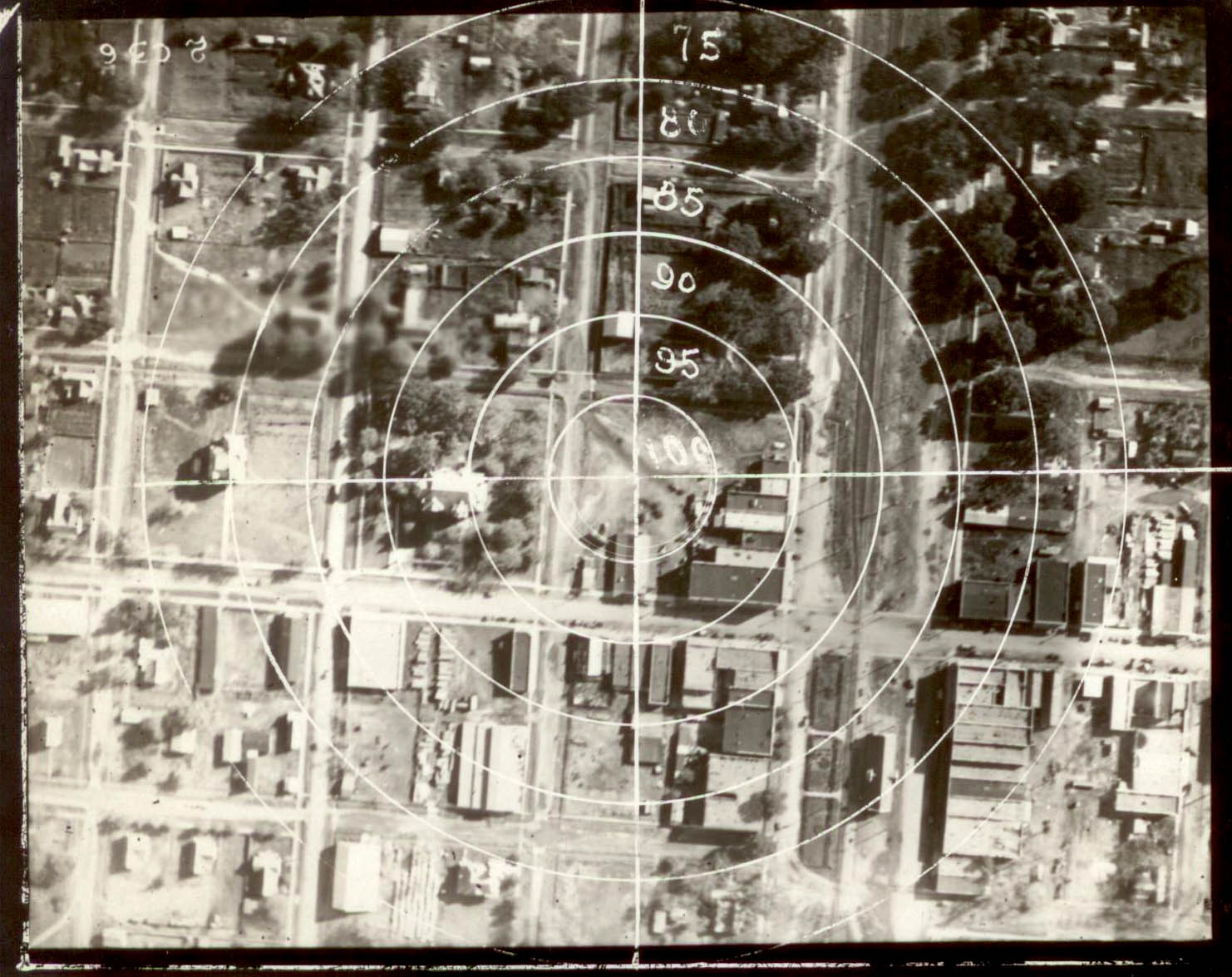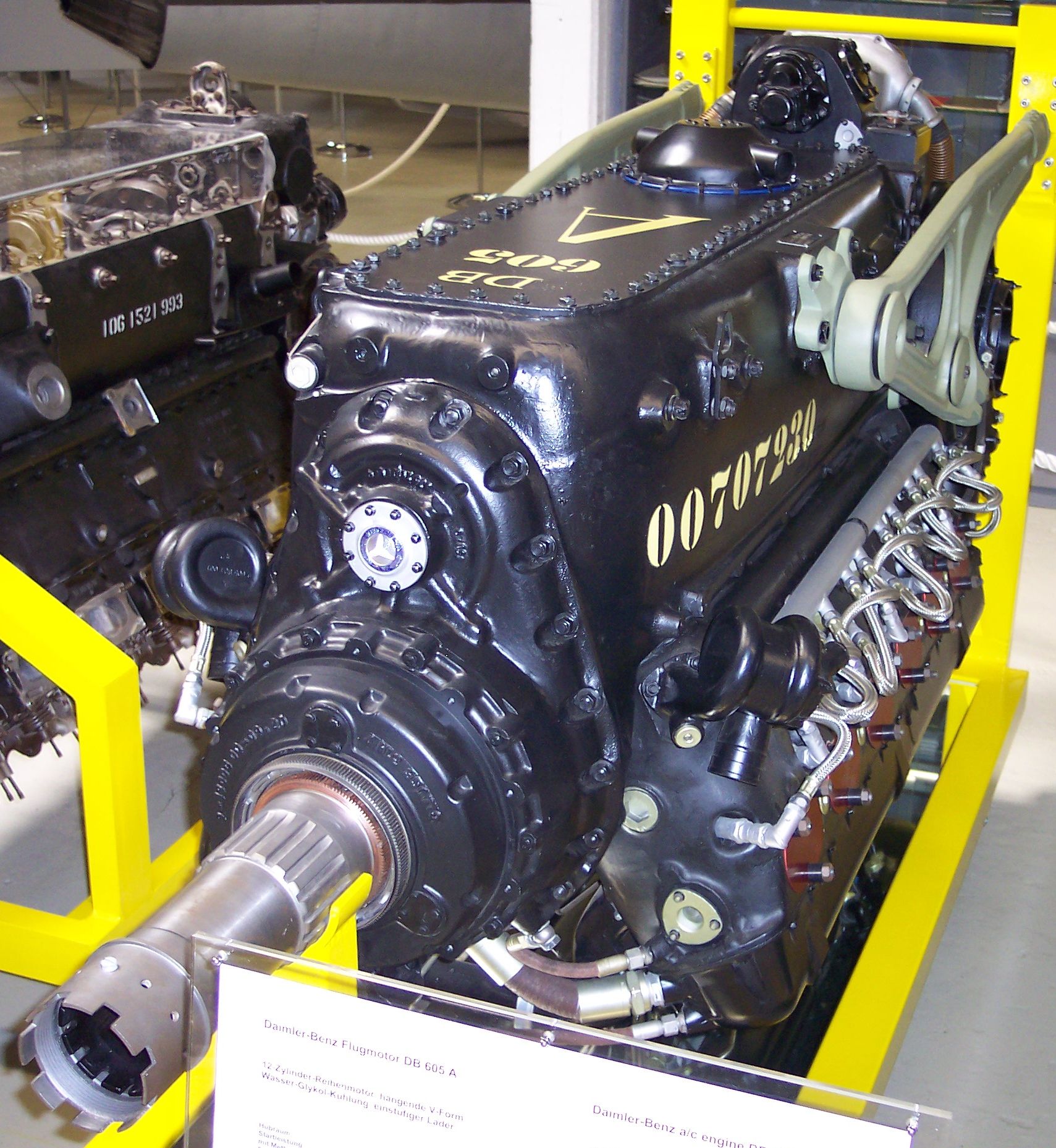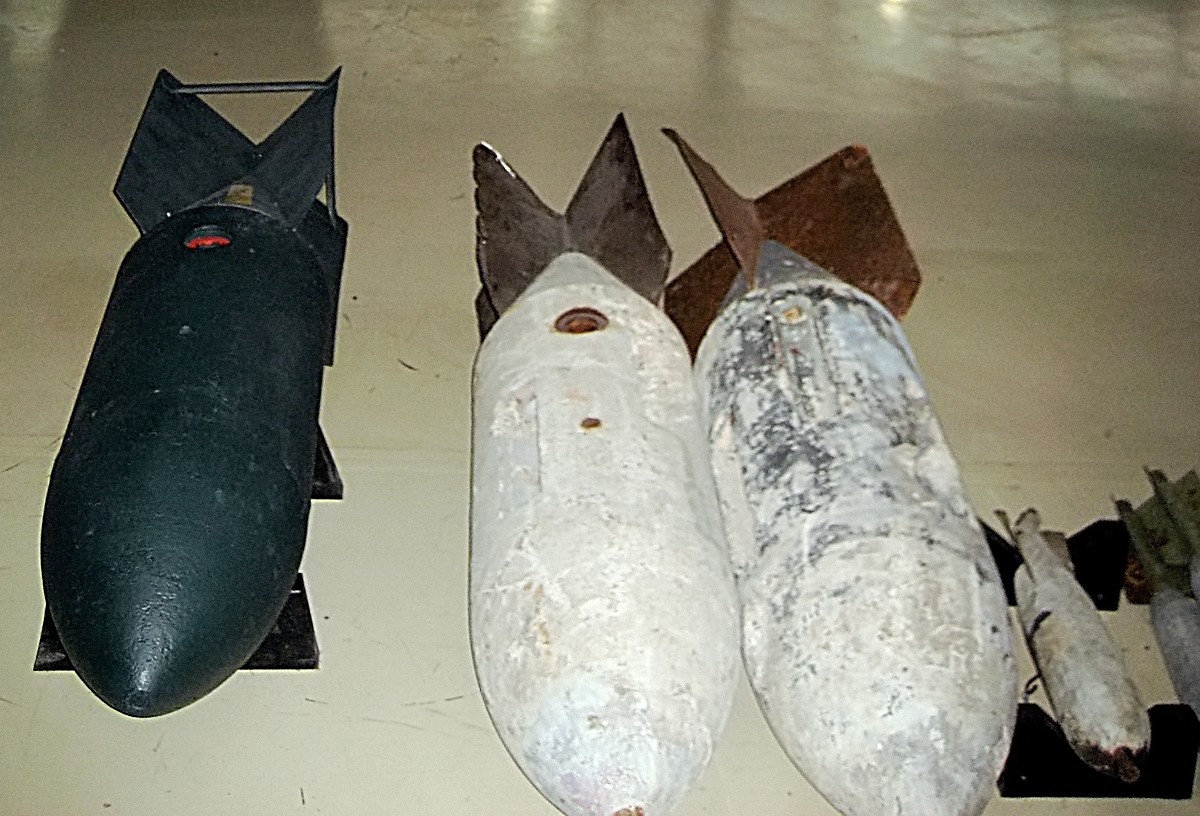|
Saab 18
The Saab 18 was a twin-engine bomber and reconnaissance aircraft, designed and built by Svenska Aeroplan AB (SAAB) for use by the Swedish Air Force in response to a 1938 design competition. Due to delays, it did not enter service until 1944, but quickly became the standard Swedish bomber aircraft. Serving in the bomber, reconnaissance and ground-attack roles, it also assisted in the development of ejection seats and air-to-surface guided missiles until its replacement by the Saab Lansen in the late 1950s. Design and development Intended as a replacement for the Junkers Ju 86 in service with the Swedish Air Force,Fredriksson, Urban. (2005"Saab 18" ''Swedish Military Aviation''. Accessed 2010-05-17. the requirement that led to the Saab 18 called for a three-seat fast reconnaissance aircraft.Donald 1997, p. 809. AB Svenska Järnvägsverkstädernas Aeroplanavdelning (ASJA), SAAB, and AB Götaverken (GV) submitted designs for consideration by the Swedish Air Force. GV's GV8 appear ... [...More Info...] [...Related Items...] OR: [Wikipedia] [Google] [Baidu] |
WikiProject Aircraft
A WikiProject, or Wikiproject, is a Wikimedia movement affinity group for contributors with shared goals. WikiProjects are prevalent within the largest wiki, Wikipedia, and exist to varying degrees within sister projects such as Wiktionary, Wikiquote, Wikidata, and Wikisource. They also exist in different languages, and translation of articles is a form of their collaboration. During the COVID-19 pandemic, CBS News noted the role of Wikipedia's WikiProject Medicine in maintaining the accuracy of articles related to the disease. Another WikiProject that has drawn attention is WikiProject Women Scientists, which was profiled by '' Smithsonian'' for its efforts to improve coverage of women scientists which the profile noted had "helped increase the number of female scientists on Wikipedia from around 1,600 to over 5,000". On Wikipedia Some Wikipedia WikiProjects are substantial enough to engage in cooperative activities with outside organizations relevant to the field at issue. For e ... [...More Info...] [...Related Items...] OR: [Wikipedia] [Google] [Baidu] |
Saab 17
The Saab 17 is a Swedish single-engine monoplane reconnaissance dive-bomber aircraft of the 1940s originally developed by ASJA prior to its merger into Saab. It was the first all-metal stressed skin aircraft developed in Sweden. Design and development The project was initiated in response to a 1938 request from the '' Flygvapnet'' (Swedish Air Force) for a reconnaissance aircraft to replace the obsolete Fokker S 6 (C.Ve) sesquiplane. Design work began at the end of the 1930s as the L 10 by ASJA, but once accepted by the '' Flygvapnet'' it was assigned the designations B 17 and S 17 for the bomber and reconnaissance versions respectively, and it became better known as the Saab 17. The design chosen was a conventional mid-wing cantilever monoplane with a long greenhouse canopy and a single radial engine in the nose. Control surfaces were covered in fabric but the remainder was stressed-skin duraluminum. It could be fitted with wheels or skiis, both of which retracted straight ... [...More Info...] [...Related Items...] OR: [Wikipedia] [Google] [Baidu] |
Swept Wing
A swept wing is a wing that angles either backward or occasionally forward from its root rather than in a straight sideways direction. Swept wings have been flown since the pioneer days of aviation. Wing sweep at high speeds was first investigated in Germany as early as 1935 by Albert Betz and Adolph Busemann, finding application just before the end of the Second World War. It has the effect of delaying the shock waves and accompanying aerodynamic drag rise caused by fluid compressibility near the speed of sound, improving performance. Swept wings are therefore almost always used on jet aircraft designed to fly at these speeds. The term "swept wing" is normally used to mean "swept back", but variants include forward sweep, variable sweep wings and oblique wings in which one side sweeps forward and the other back. The delta wing is also aerodynamically a form of swept wing. Reasons for sweep There are three main reasons for sweeping a wing: 1. to arrange the center of gravity ... [...More Info...] [...Related Items...] OR: [Wikipedia] [Google] [Baidu] |
Bombsight
A bombsight is a device used by military aircraft to drop bombs accurately. Bombsights, a feature of combat aircraft since World War I, were first found on purpose-designed bomber aircraft and then moved to fighter-bombers and modern tactical aircraft as those aircraft took up the brunt of the bombing role. A bombsight has to estimate the path the bomb will take after release from the aircraft. The two primary forces during its fall are gravity and air drag, which make the path of the bomb through the air roughly parabolic. There are additional factors such as changes in air density and wind that may be considered, but they are concerns only for bombs that spend a significant portion of a minute falling through the air. Those effects can be minimized by reducing the fall time by low-level bombing or by increasing the speed of the bombs. Those effects are combined in the dive bomber. However, low-level bombing also increases the danger to the bomber from ground-based defence ... [...More Info...] [...Related Items...] OR: [Wikipedia] [Google] [Baidu] |
Autocannon
An autocannon, automatic cannon or machine cannon is a fully automatic gun that is capable of rapid-firing large-caliber ( or more) armour-piercing, explosive or incendiary shells, as opposed to the smaller-caliber kinetic projectiles (bullets) fired by a machine gun. Autocannons have a longer effective range and greater terminal performance than machine guns, due to the use of larger/heavier munitions (most often in the range of , but bigger calibers also exist), but are usually smaller than tank guns, howitzers, field guns or other artillery. When used on its own, the word "autocannon" typically indicates a non-rotary weapon with a single barrel. When multiple rotating barrels are involved, such a weapon is referred to as a "rotary autocannon" or occasionally "rotary cannon", for short (particularly on aircraft). Autocannons are heavy weapons that are unsuitable for use by infantry. Due to the heavy weight and recoil Recoil (often called knockback, kickback o ... [...More Info...] [...Related Items...] OR: [Wikipedia] [Google] [Baidu] |
Bofors 57 Mm Type L50
The Bofors 57 mm m/47 aircraft gun (Swedish: 57 mm automatkanon m/47, short 57 mm akan m/47) was a Swedish aircraft gun developed by Bofors AB for the T 18B, a Swedish torpedo bomber manufactured by SAAB. The designation "57 mm automatkanon m/47" is translated to "57 mm autocannon model 1947". It is referred to as the Bofors 57 mm type L50 by the manufacturer. It was an effective and modern weapon for its time, and was capable of firing through a full magazine smoothly due to its reliable design and the use of a powerful muzzle brake. The recoil could be felt by the pilot, but this didn't interfere with the pilot's aim, and the weapon was accurate up to . History Towards the end of the 1930s and into the early 1940s, the Swedish Air Force was looking for a new torpedo bomber, since they had not been able to acquire enough units of the previous model, the T 2. The Swedish Air Force then asked the Swedish airplane manufacturer Saab AB (formerly SAAB) to desi ... [...More Info...] [...Related Items...] OR: [Wikipedia] [Google] [Baidu] |
Torpedo Bomber
A torpedo bomber is a military aircraft designed primarily to attack ships with aerial torpedoes. Torpedo bombers came into existence just before the First World War almost as soon as aircraft were built that were capable of carrying the weight of a torpedo, and remained an important aircraft type until they were rendered obsolete by anti-ship missiles. They were an important element in many famous Second World War battles, notably the British attack at Taranto, the sinking of the German battleship ''Bismarck'', and the Japanese attack on Pearl Harbor. Types Torpedo bombers first appeared immediately prior to the First World War. Generally, they carried torpedoes specifically designed for air launch, which were smaller and lighter than those used by submarines and surface warships. Nonetheless, as an airborne torpedo could weigh as much as , more than twice the bomb load of contemporary single-engined bombers, the aircraft carrying it usually needed to be specially designed ... [...More Info...] [...Related Items...] OR: [Wikipedia] [Google] [Baidu] |
Dive Bomber
A dive bomber is a bomber aircraft that dives directly at its targets in order to provide greater accuracy for the bomb it drops. Diving towards the target simplifies the bomb's trajectory and allows the pilot to keep visual contact throughout the bomb run. This allows attacks on point targets and ships, which were difficult to attack with conventional level bombers, even ''en masse''. After World War II, the rise of precision-guided munitions and improved anti-aircraft defences—both fixed gunnery positions and fighter interception—led to a fundamental change in dive bombing. New weapons, such as rockets, allowed for better accuracy from smaller dive angles and from greater distances. They could be fitted to almost any aircraft, including fighters, improving their effectiveness without the inherent vulnerabilities of dive bombers, which needed air superiority to operate effectively. Method A dive bomber dives at a steep angle, normally between 45 and 60 degrees or ev ... [...More Info...] [...Related Items...] OR: [Wikipedia] [Google] [Baidu] |
Daimler-Benz DB 605
The Daimler-Benz DB 605 is a German aircraft engine built during World War II. Developed from the DB 601, the DB 605 was used from 1942 to 1945 in the Messerschmitt Bf 109 fighter, and the Bf 110 and Me 210C heavy fighters. The DB 610, a pair of DB 605s geared to turn a single output shaft that replaced the similar DB 606, was used in the A-3 and all A-5 variants of Germany's only operational heavy bomber, the Heinkel He 177A. License-built versions of the DB 605 were used in the Macchi C.205, Fiat G.55, Reggiane 2005 and some other Italian aircraft. It was also used in the Swedish SAAB B 18B and initially in the pusher-design SAAB J 21. Approximately 42,400 DB 605s of all kinds were built. Design and development The primary differences between the 605 and 601 were greater displacement, higher revolutions, higher compression ratio and a more powerful supercharger. Engineers determined that the cylinders could be bored out to a larger diameter without seriously affecting ... [...More Info...] [...Related Items...] OR: [Wikipedia] [Google] [Baidu] |
Bomb Bay
The bomb bay or weapons bay on some military aircraft is a compartment to carry bombs, usually in the aircraft's fuselage, with "bomb bay doors" which open at the bottom. The bomb bay doors are opened and the bombs are dropped when over the target or at a specified launching point. History and function Bomb bays were born of necessity. Early military aircraft suffered severe aerodynamic drag (which would further slow down the already lumbering bomb-laden aircraft) with bombs hanging from the wings or below the fuselage, so military aviation designers moved the bombs inside the aircraft. Before the introduction of stealth technology bomb bays were mostly used by dedicated bomber aircraft; in fighters and attack airplanes bombs and rockets were hung from the wings or fuselage on pylons. Notable exceptions are the F-101, F-102 and F-106 interceptor aircraft, all of which had bays used to store missiles, or other weapons stores. Today many designers have moved previously "e ... [...More Info...] [...Related Items...] OR: [Wikipedia] [Google] [Baidu] |
Aerial Bomb
An aerial bomb is a type of explosive or incendiary weapon intended to travel through the air on a predictable trajectory. Engineers usually develop such bombs to be dropped from an aircraft. The use of aerial bombs is termed aerial bombing. Bomb types Aerial bombs include a vast range and complexity of designs. These include unguided gravity bombs, guided bombs, bombs hand-tossed from a vehicle, bombs needing a large specially-built delivery-vehicle, bombs integrated with the vehicle itself (such as a glide bomb), instant-detonation bombs, or delay-action bombs. As with other types of explosive weapons, aerial bombs aim to kill and injure people or to destroy materiel through the projection of one or more of blast, fragmentation, radiation or fire outwards from the point of detonation. Early bombs The first bombs delivered to their targets by air were single bombs carried on unmanned hot air balloons, launched by the Austrians against Venice in 1849 during the First Ita ... [...More Info...] [...Related Items...] OR: [Wikipedia] [Google] [Baidu] |
Radial Engines
The radial engine is a reciprocating type internal combustion engine configuration in which the cylinders "radiate" outward from a central crankcase like the spokes of a wheel. It resembles a stylized star when viewed from the front, and is called a "star engine" in some other languages. The radial configuration was commonly used for aircraft engines before gas turbine engines became predominant. Engine operation Since the axes of the cylinders are coplanar, the connecting rods cannot all be directly attached to the crankshaft unless mechanically complex forked connecting rods are used, none of which have been successful. Instead, the pistons are connected to the crankshaft with a master-and-articulating-rod assembly. One piston, the uppermost one in the animation, has a master rod with a direct attachment to the crankshaft. The remaining pistons pin their connecting rods' attachments to rings around the edge of the master rod. Extra "rows" of radial cylinders can be added in ... [...More Info...] [...Related Items...] OR: [Wikipedia] [Google] [Baidu] |
.jpg)




.jpg)




